The most popular legends and myths in Peru
Peru has a millenary history where its inhabitants built a great oral tradition that survives to this day. Most of these myths and legends belong to the Andean and jungle regions of the Peruvian territory, where the rugged geography and natural phenomena have required a fantastic explanation at the beginning of the first millennium. This oral tradition has as protagonists the mountains, historical characters such as the first Incas, animals of nature of mysterious beauty, as well as ghostly characters that explain impressive natural phenomena. Learn about the most famous legends and myths in Peru.
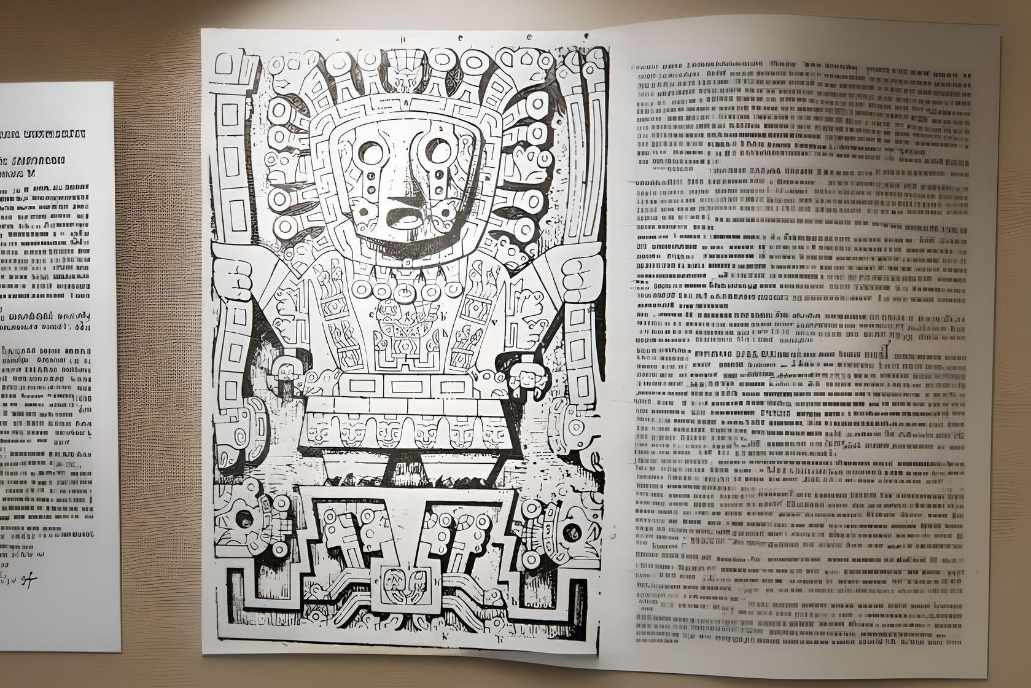
Content
The mythical god Huiracocha in ancient Peru – Huiracocha is was the main deity of ancient Peru, whose representation is 5 thousand years ago. He is considered as the supreme god, creator of the world and things. His real name, in Quechua language, is Apu Kon Illa Tiqsi Wiraqucha Pachayachachiq Pachakamaq which means ‘great lord of eternal light, knowledge of the earth and maker of the world’. Huiracocha was present in the Caral culture (5 thousand years old), in the Wari culture (10th century A.D.), the Tiahuanaco in the altiplano (10th century A.D.), and even in the Inca empire (14th century). His representation is anthropomorphic, with two staffs in both hands, so he is also called the ‘god of the staffs’.
The legend of the Ayar Brothers
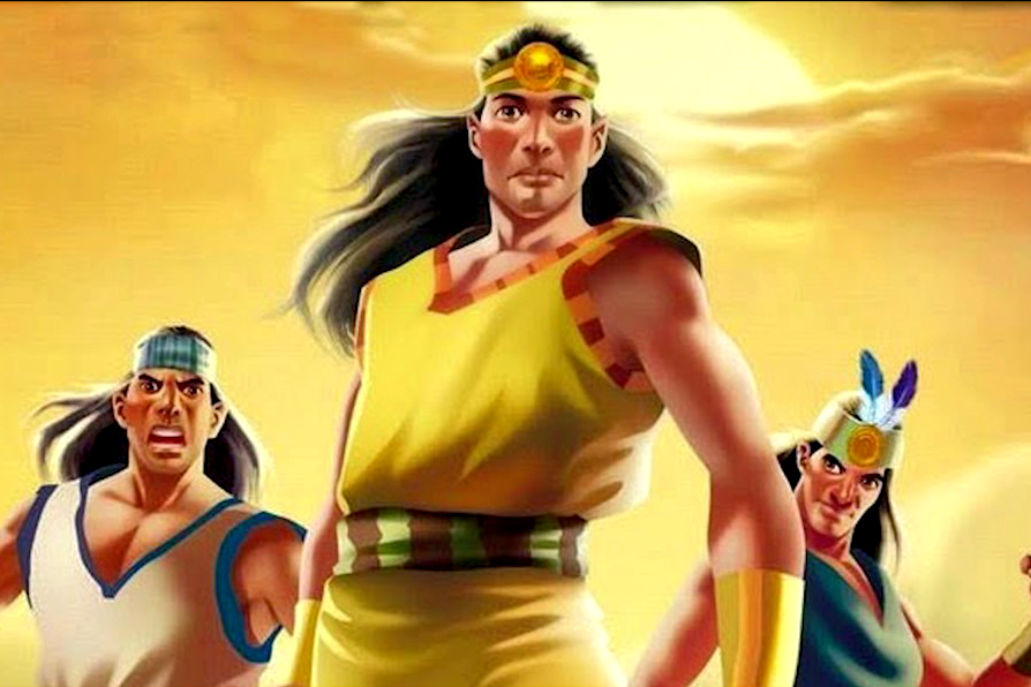
The legend of the Ayar Brothers explains, in a legendary way, the origin of the Inca civilization in Cusco. The legend says that after a great flood, four brothers and their respective wives set out on a long journey to find a new place to live with their families or ayllus. The brothers were: Ayar Manco and his wife Mama Ocllo, Ayar Cachi and his wife Mama Cora, Ayar Uchu and his wife Mama Rahua, as well as Ayar Auca and his wife Mama Huaco.
During their journey, resentment and jealousy arose between the brothers. Thus, Ayar Cachi was locked in a cave. In turn, Ayar Uchu was turned to stone when he touched an idol on the Huanacauri hill. The same happened to Ayar Auca in the pampas of the sun. Only Ayar Manco and his wife Mama Ocllo were left, who sunk the golden staff in the fertile lands of the Cusco valley where they would found the Inca empire by orders of the sun, the god Inti.
- Historical reference: Migration of the Inca ethnic group to the Cusco valley probably at the beginning of the XII century.
- More information: Another similar legend that refers to this migration is the legend of Manco Capac and Mama Ocllo.
The legend of Ayaymama
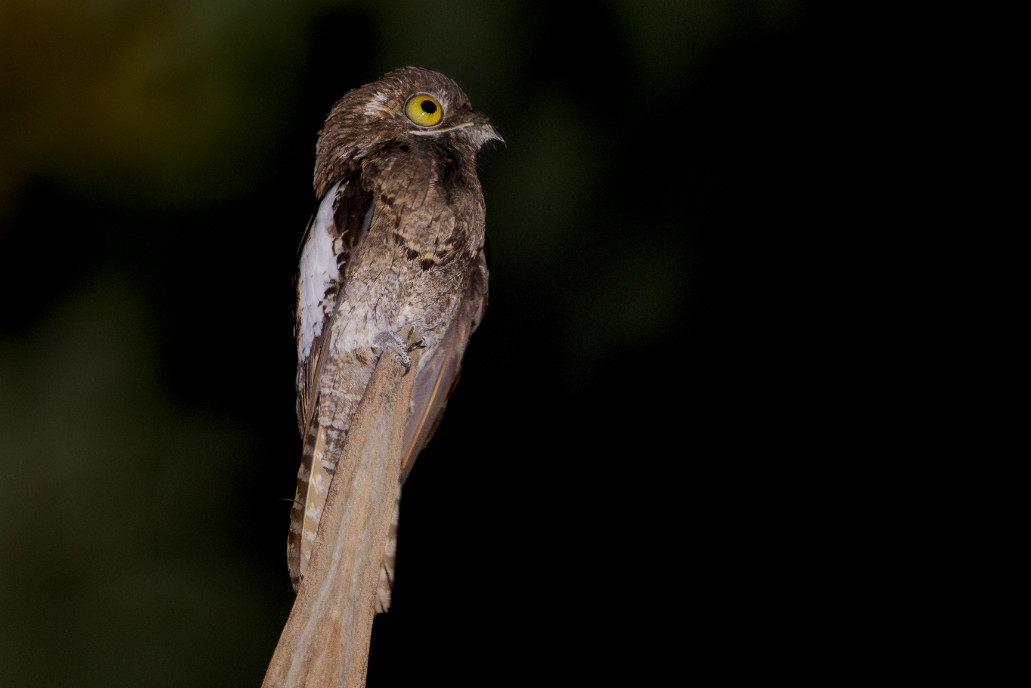
The legend of Ayaymama refers to one of the most mysterious Amazonian birds, the Nyctibius Leucopterus, which is heard at night with a melancholic song that resembles a call to the mother. The legend refers to a mother of a native community who, to save her children from a plague, abandons her children in a river gorge. The children fed on fruits during the day. But when night came, they searched for their mother in the dark without realizing that they were lost in the bush.
The children wished they could become birds so they could return and escape from the Amazon forest and find their mother. The moon heard their cries and took pity on them. So she turned them into birds with beautiful plumage that blended in with the night. The children flew back to their village without finding anyone, for they had all died of the plague. The children continued flying sadly through the jungle in search of their mother repeating their lament: ayaymama, ayaymama.
- Historical reference: The origin of the ayaymama bird (Nyctibius Leucopterus).
- More information: There are other versions of the Ayaymama myth spread in different regions and communities of the vast Amazon jungle.
The legend of Huascaran and Huandoy
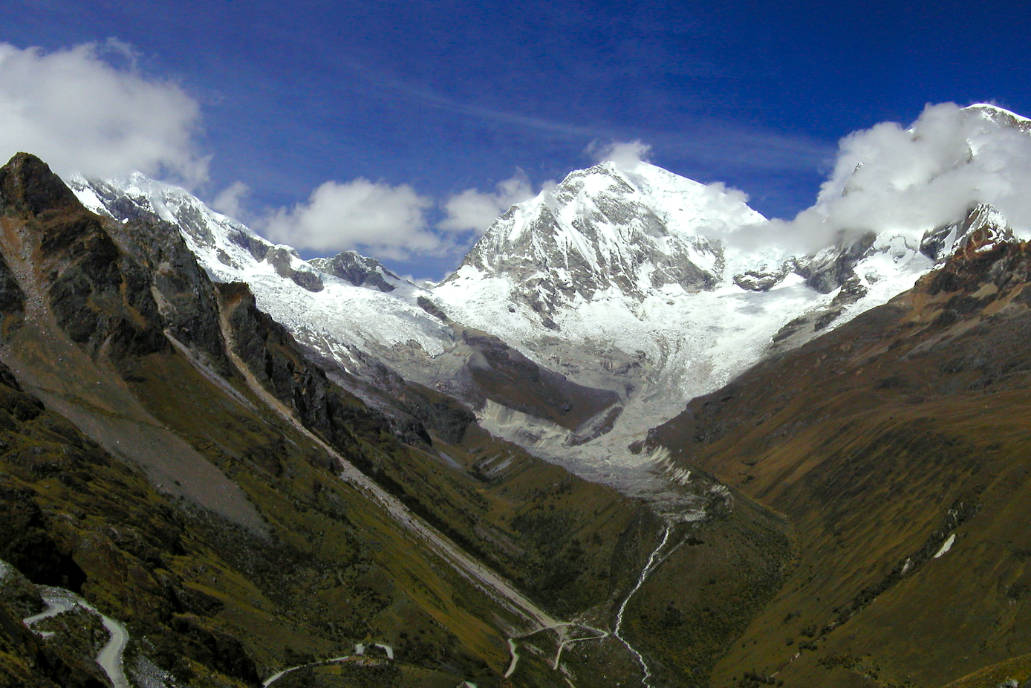
This legend refers to the creation of two of the highest and most splendorous snow-capped mountains in Peru: Huascaran (6,768 masl) and Huandoy (6,560 masl). The story says that the sun god, Inti, was looking for an equally supreme god to marry his beautiful daughter Huandoy. She, on the other hand, loved a young mortal prince named Huascaran, who in spite of his beauty and audacity, was not accepted by the supreme god Inti for being mortal, of an inferior character to his daughter.
Faced with her son’s rejection of his father, he was furious and decided to turn her into a tall and majestic mountain covered by perpetual snow to extinguish her burning passion for Prince Huascaran. For his part, he turned him into a towering mountain, also with perpetual snow on its peaks, and separated from Huandoy by a beautiful valley where his tears would form the Llanganuco lagoon. Currently, Huascaran, Huandoy and Llanganuco Lake are tourist attractions in the Ancash region.
- Historical reference: Currently this legend is referred to by the inhabitants of the Callejón de Huaylas to explain the origin of these two immense mountains at the highest point of Peru.
- More information: Huascaran is the highest snow-capped mountain in Peru with an elevation of 6,768 meters above sea level. It is located in the Huascaran National Park in the department of Ancash.
The myth of Inkarry
The myth of Inkarry, spread by oral tradition in various villages in the Andean region of Peru, narrates the resurrection of the Inca empire in modern times with a clear messianic vision influenced by Christianity in these villages. It tells the story of the god Inkarri who was killed and dismembered by the Spaniards. His head was buried in Cusco while his arms and legs were buried in other Andean regions. The head was revived underground seeking to reunite with the limbs.
The myth of Inkarri indicates that finally the head will reunite with the extremities to form a unit and revive the empire of the Incas. This god Inkarri will take revenge and kill Españarri, a figure that represents colonialism. It is believed that this legend refers to the rebellion of Tupac Amaru II. Currently there are versions in regions such as Puquio (Ayacucho), Huarochiri (Lima) and even Cusco. It is compiled in research compiled by José María Arguedas in 1956.
- Historical reference: The myth of Inkarri would have its origins in the eighteenth century, at the time of the revolutionary emancipation of Tupac Amaru II in Cusco.
- More information: It is considered that the first version of the Inkarri myth was found in the oral tradition of the Quero community in the Cusco region.
The legend of the Stone Toad
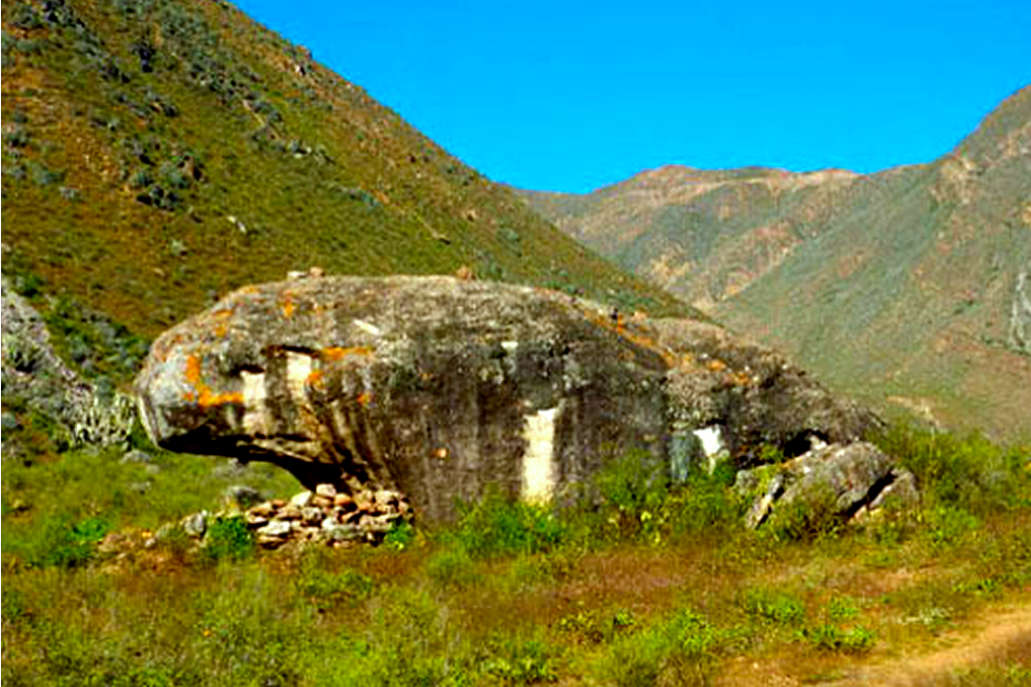
This legend, spread throughout the Pasco region in the central Andes of Peru, tells the story of an old woman who harvested the largest and tastiest potatoes in town. One night, when the old woman slept, a restless toad entered her fields to devour her entire potato harvest, which provoked the old woman’s fury. She unveiled her true witch persona by casting a spell that blew away everything in its path, including the toad.
The toad fell on a huge rock and was turned into stone forever. This figure can still be seen today in the Huayllay Stone Forest, located in the province and department of Pasco. The legend refers to one of the most iconic and photographed figures of the tourist site. There, in addition, other stone figures can be distinguished, such as: the hawk, the dinosaur, the seal, the lizard, the turtle, the snail, the dog, the fish, the cobra and more.
- Historical reference: The legend of the stone toad is spread by oral tradition in the department of Pasco and refers to the toad figure in the Huayllay Stone Forest.
- More information: The Huayllay Stone Forest covers an area of 6,815 hectares. It has more than 480 figures, where the most popular and photographed is the stone toad.
The legend of the Muki
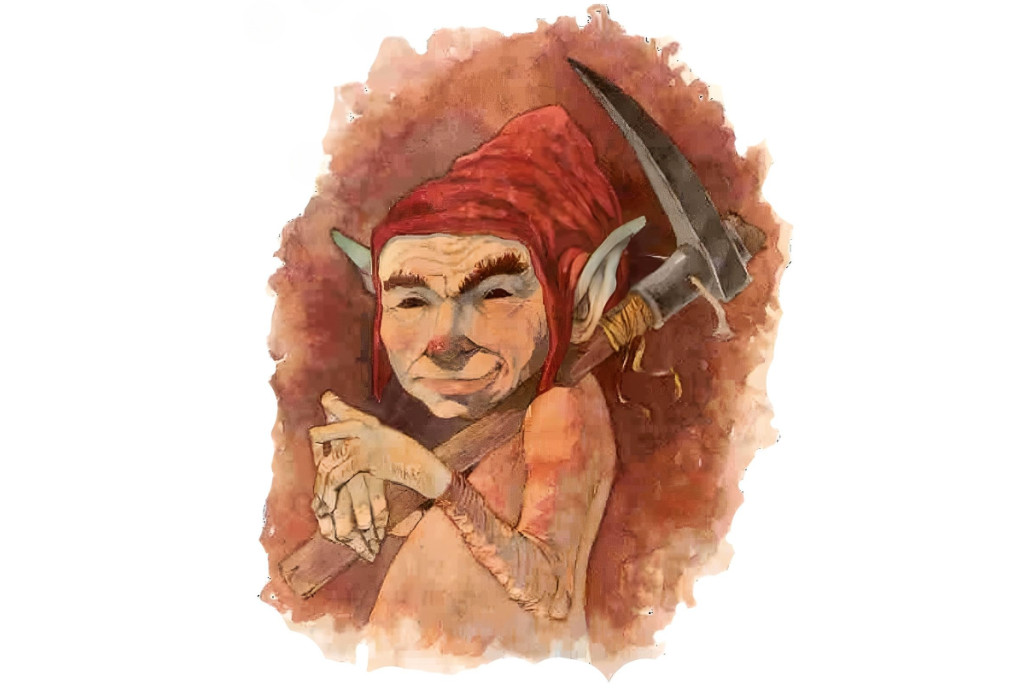
The muki or muqui is one of the most widespread mythological characters throughout the mining area of the Andes Mountains of Peru. His name has several meanings, such as: ‘the one who suffocates’ or ‘the one who hangs’. It is deduced that it refers to the fatal accidents and respiratory illnesses that come with working in the mineshafts. Mythology refers to him as a dwarf, similar to a goblin, with diabolical features. There are versions according to each Andean region such as Cerro de Pasco, Puno, Arequipa, etc.
The legend of the Muki refers that a mining worker from the Pucayaco region asked his son Eustaquio to bring him his lunch. However, because the boy did not arrive, the father went to look for him and found him playing marbles with another boy. This turned out to be the muqui who was using gold balls for the game. The father captured the demon, forcing him to give him a trunk full of gold for his release. This is how Eustaquio’s father got a lot of money in exchange for the freedom of the little demon.
- Historical reference: The legend of the Muki is widespread throughout the highlands of Peru, especially in the mining regions such as Cerro de Pasco, Puno, Arequipa, etc.
- More information: According to oral tradition in Cerro de Pasco, the Muki has the power to make gold veins appear or disappear.
The legend of the Tunche
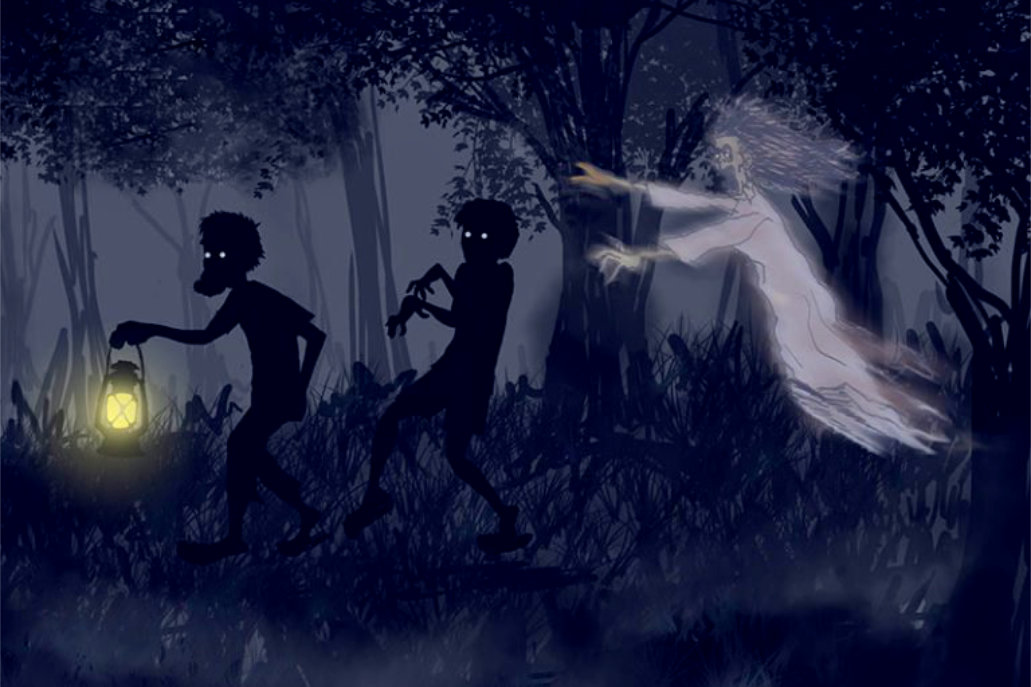
The tunche is a mythological being whose oral story spread throughout the Peruvian Amazon. It narrates the presence of a wandering demon in the depths of the forest, which makes people disappear in the middle of the forest so that they die from animals or diseases. This legend seeks to explain the mysteriousness of the jungle and the high possibilities of dying lost in the middle of the forest. The tunche is referred to as an evil entity that takes the form of a loved one to mislead its victim.
The legend of the tunche may have originated in the small communities that inhabit the vast Peruvian Amazon region. The legend says that the tunche emits a high-pitched whistle to announce itself. This whistle, according to testimonies of Amazonian jungle inhabitants, is easily distinguishable. There are those who report having survived this whistle that seeks to confuse the victim. The myth is present in regions such as San Martín, Loreto, Madre de Dios, Ucayali and Huánuco.
- Historical reference: The myth of the Tunche refers to the disappearances of people in the Peruvian Amazon jungle, an area full of dangers from animals and insects.
- More information: The myth of the Tunche is referred to in different versions according to compilers from different origins in the different regions of the Peruvian jungle.
The myth of Cuniraya Huiracocha
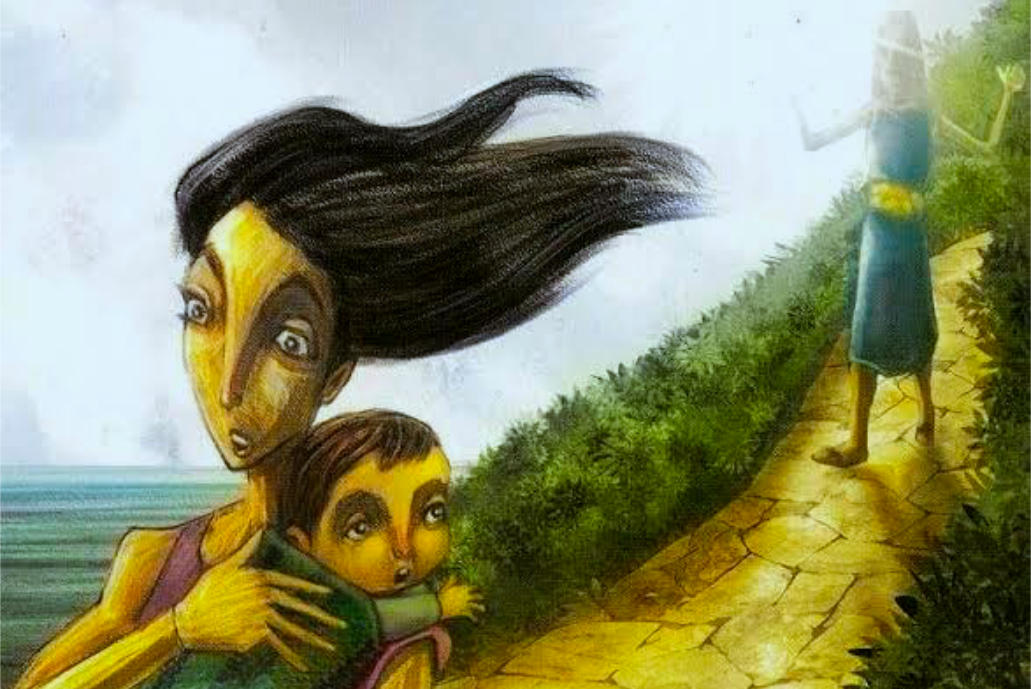
The myth of Cuniraya Huiracocha was compiled by the chronicler Francisco de Avila in the 17th century as a product of the oral tradition of the province of Huarochiri in the Andean region of Lima. Cuniraya Huiracocha is a mythical character, probably a huaca in ancient Peru, who predicted the end of the Inca empire. The myth tells that the god Cuniraya Huiracocha pretended to be a bad-smelling beggar in the sight of people, although inside he had great power.
So, in love with a beautiful maiden, he decides to become a bird and drop a fruit with his male gene seed in it. The maiden eats it and becomes pregnant. In time she decides to look for his father, allowing her baby to approach the man who would be his father. Seeing that her little one approached the beggar, she fled with her baby to the bottom of the sea. Cuniraya Huiracocha looked for her among the beings of the sea, punishing or rewarding them according to their good will.
- Historical reference: Cuniraya Huiracocha would be the oral and mythical representation of a local huaca in Huarochiri (highlands of Lima) and the powerful god Huiracocha. It was compiled in the 17th century by Francisco de Avila.
- More information: The first translation of the myth of Cuniraya Huiracocha was made by the famous writer and anthropologist Jose Maria Arguedas in his book Dioses y hombres de Huarochiri in 1966.
By Machupicchu Terra – Last updated, October 12, 2024